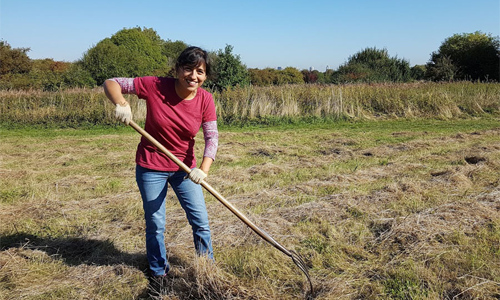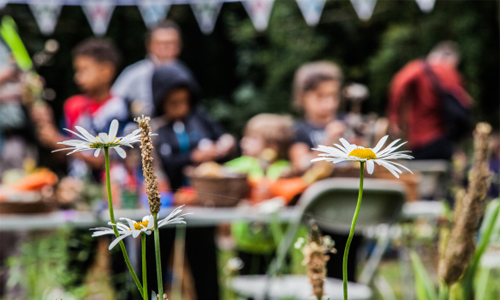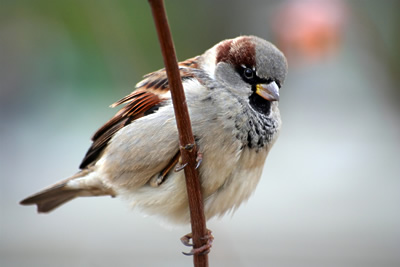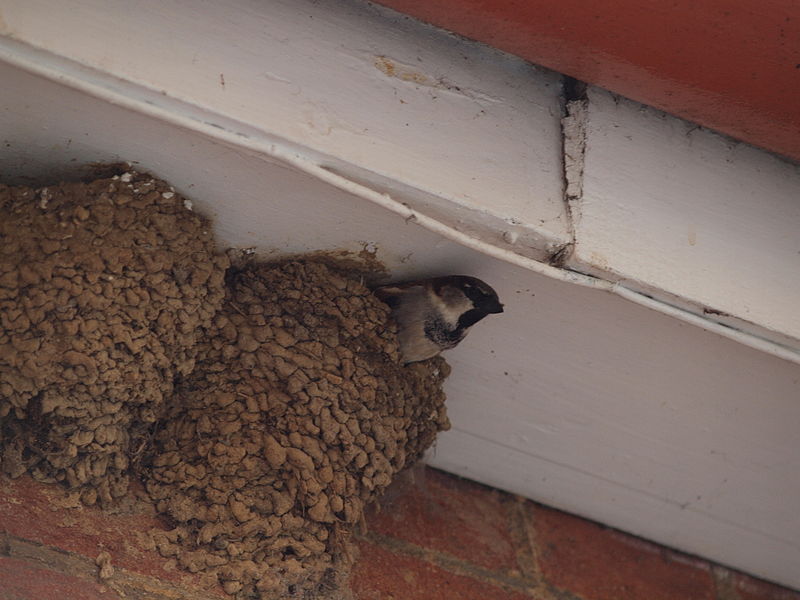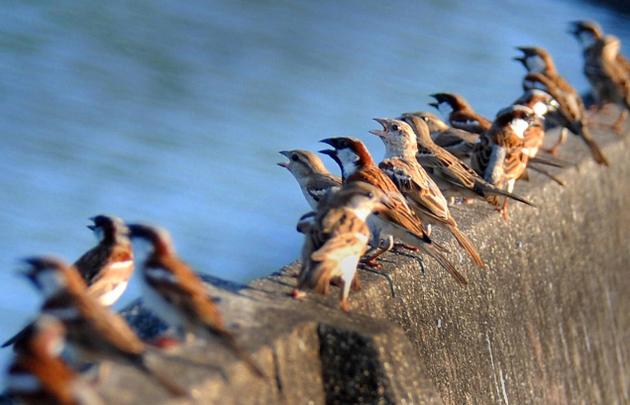Last week, the 20th March marked World Sparrow Day, a day designated to raising awareness for the house sparrow (Passer domesticus) and the threats to their populations, by India’s Nature Forever Society.
So why has the 20th of March been dedicated to raising awareness for this well-known bird? Well, despite the fact that most of us are familiar with this noisy and sociable bird, many people remain unaware of the huge decline this species has experienced in some parts of the world in recent years.
The house sparrow is an extremely widespread bird, and although it is native to large parts of Europe and Asia, it can actually be found in Australia, Africa and the Americas (as a result of accidental introduction). In some parts of the world, such as India and the UK, the house sparrow has seen marked declines. In the UK, house sparrow numbers plummeted by 71% between 1977 and 2008. So whilst there were believed to be around 25 million house sparrows breeding in Britain in the 1970s, the number is now closer to 13 million. As a result the house sparrow is on the Red List of birds of conservation concern, which means it falls into the category of species of the highest conservation priority.
There are many factors believed to be causing this decline in the UK. These factors range from a lack of nesting sites; to predation by house cats and the use of pesticides (in agriculture and gardens).
The lack of nesting sites for house sparrows has largely been due to modern houses lacking the old-style eaves that sparrows prefer to nest in. House sparrows tend to live in large colonies close to people, and like to nest in holes or gaps in buildings. Changes to the design of roofs and modern roof repair methods can also prevent sparrows from nesting.
The removal of green spaces in cities; building over meadows and over-tidying gardens can contribute to limiting food sources for the house sparrow. These practices tend to reduce reduce insect populations that sparrows depend on, especially during the spring and summer months when they have hungry chicks to feed. With fewer insects to feed their young, sparrow chicks grow up in poor condition and are less likely to survive.
Although many more factors have been suggested, the main reason for the house sparrow’s decline has not yet been determined. Organisations such as the the British Trust for Ornithology (BTO) are investigating their decline and surveys such as the RSPB Big Garden BirdWatch, which invite members of the public to record and submit their bird sightings over one weekend in the year, help gather data on the status of house sparrow populations. Through monitoring, research and raising awareness for this familiar bird, preventing further serious decline in house sparrow populations may be possible in the future.
If you would like to find out more about the house sparrow and what people are doing to help, then take a look at these links:
http://www.worldsparrowday.org/
http://www.bbc.co.uk/nature/17829620
Eleanor Kirby-Green
SNCV Biodiversity Assistant
